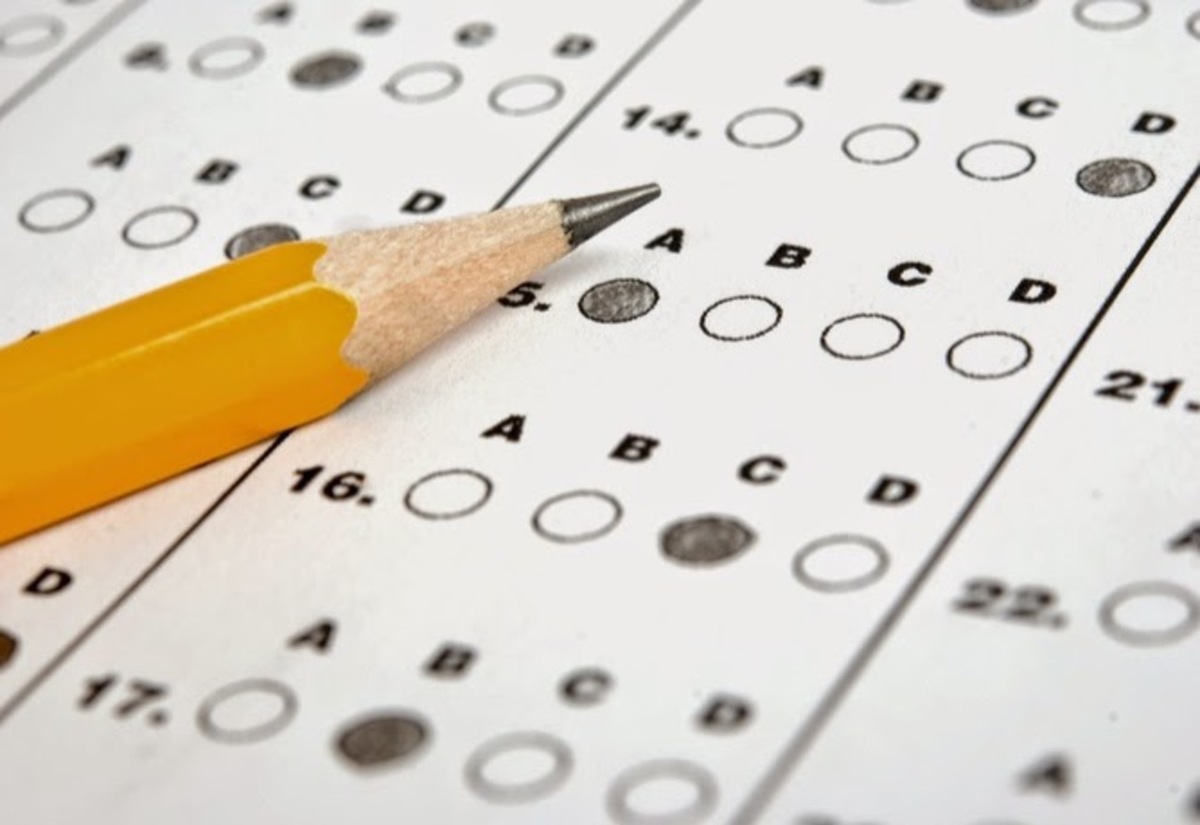NAPLAN results mark local disadvantage
Laura Williams
07 January 2022, 6:10 AM

Recent NAPLAN results show that despite the unprecedented interruptions of the school year students have performed above the national average, yet significant gaps remain between metro and rural students.
The NAPLAN (National Assessment Program - Literacy and Numeracy) is an annual national assessment for students in Years 3, 5, 7, and 9 and all students in both government and non-government schools are meant to sit the test.
The results provide parents and schools with an understanding of how individual students are performing at the time and also provide decision-makers with information about how education programs are working and which areas need to be prioritised for improvement.
According to the NSW Department of Education, the December 2021 NAPLAN results were a pleasing indication of student progress, showing a resilience against the challenges brought by Covid-19, particularly learning from home environments.
Minister for Education Sarah Mitchell said that NSW has led the country in academic results.
“NSW mean scores were above the national average in every rest domain in all years,” Ms Mitchell said.
Despite lockdowns and remote learning across many regions due to COVID-19, the 2021 NAPLAN National Report found the performance of NSW schools was as strong in 2021 as it was in 2019, when the last NAPLAN was conducted.
“This is not only a tribute to the great work of our teachers, but it once again demonstrates the incredible resilience of our students and our parents during a difficult learning from home period,” Ms Mitchell said.
While the state’s average was a positive result, Isolated Children’s Parents Association (ICPA) President Alana Moller said that the results paint a clear picture for children educated in regional and remote areas of Australia that their educational outcomes are not equivalent to their urban outcomes.
“It should not be a given that if parents live and work in regional and remote areas of Australia that their children will receive a lesser education,” Ms Moller said.
“It is imperative that families are attracted to and retained in remote Australia and that can only be achieved by the assurance of equitable education for their children,” Ms Moller said.
NAPLAN results, according to the ICPA, should be used are as indication of the disparity in education outcomes for children, and where further attention should be directed to bridge those divides.
"ICPA Australia and ICPA State Councils will not rest until geographically isolated children are recognised as a unique disadvantage group who require specialised support and assistance to level the playing field between them and their urban counterparts.” Ms Moller said.
The results also reflected initiatives to close the gap in education outcomes between Indigenous and non-Indigenous students.
“I’m delighted to report that Indigenous students have shown a significant improvement in Year 3 Reading and Year 5 Reading, Spelling, Grammar and Punctuation,” Ms Mitchell said.
The NAPLAN was adapted this year following a review commissioned by NSW Government, ensuring that the diagnostic test was fit-for-purpose.